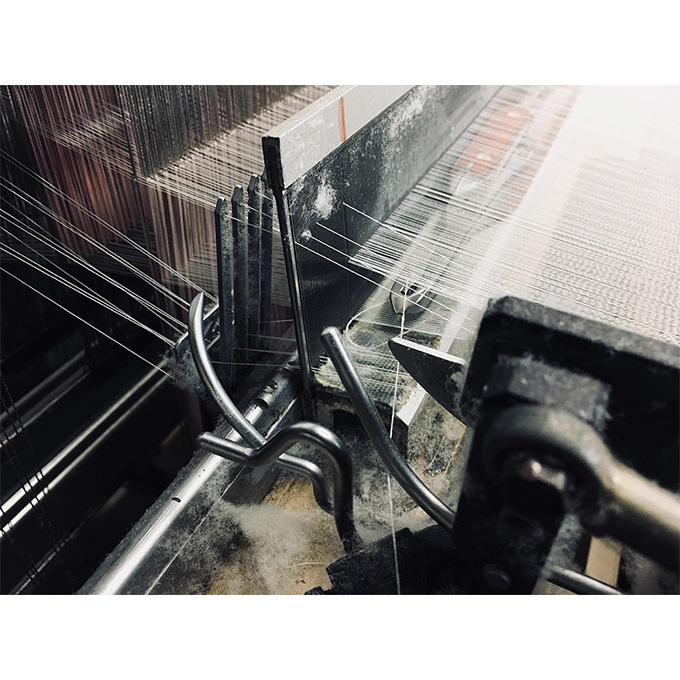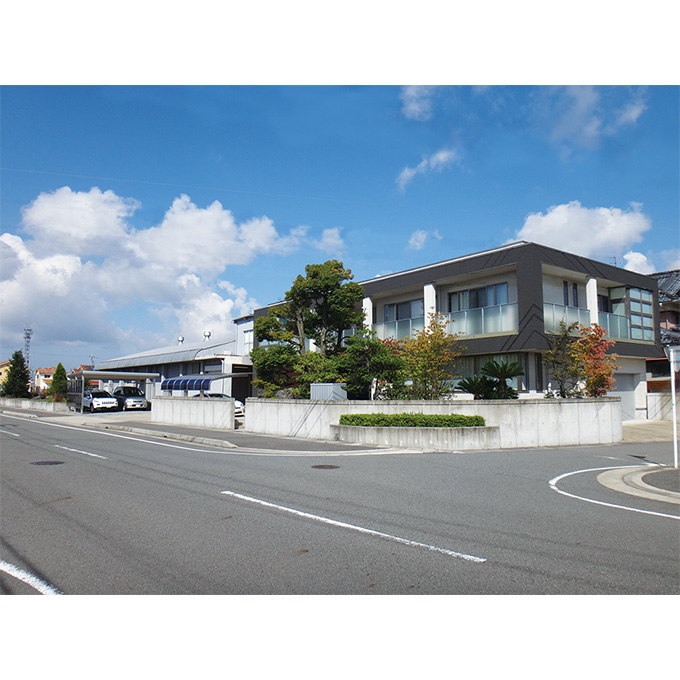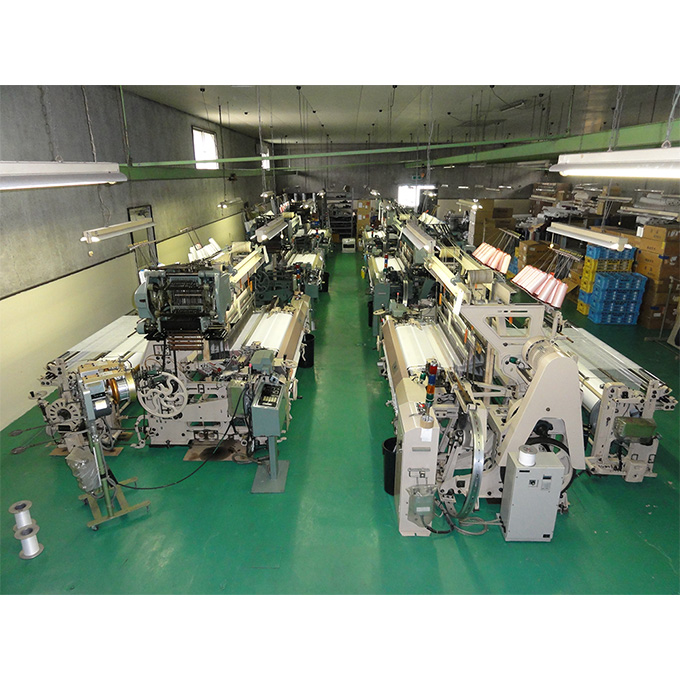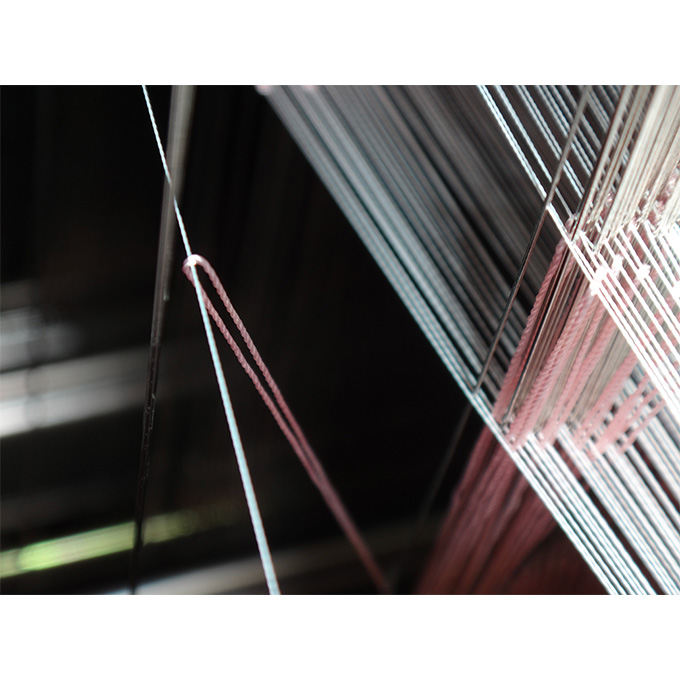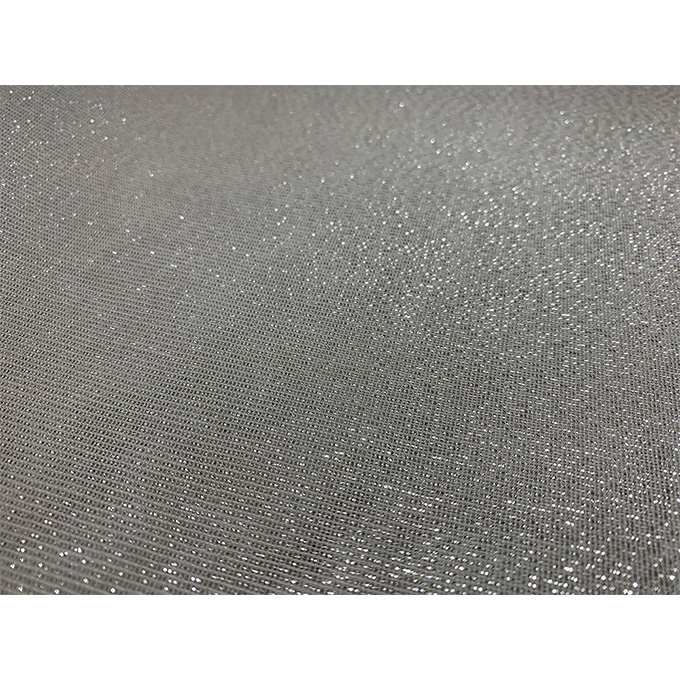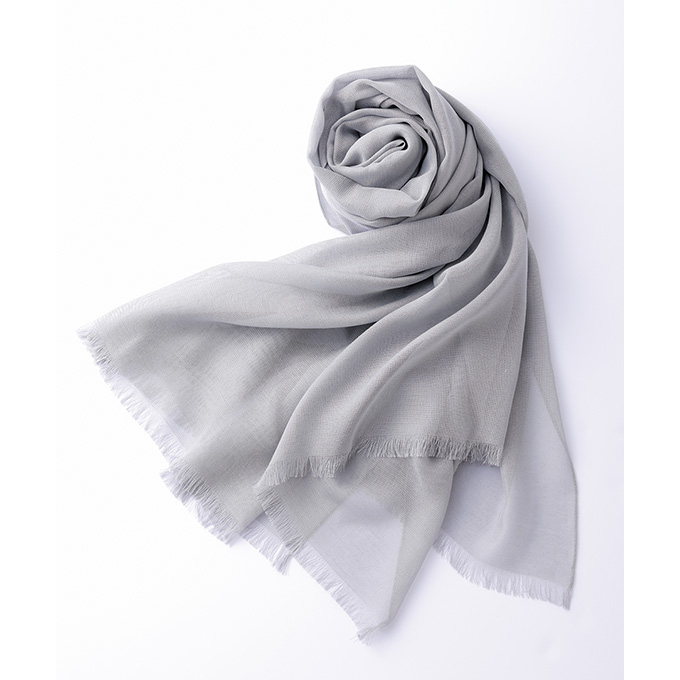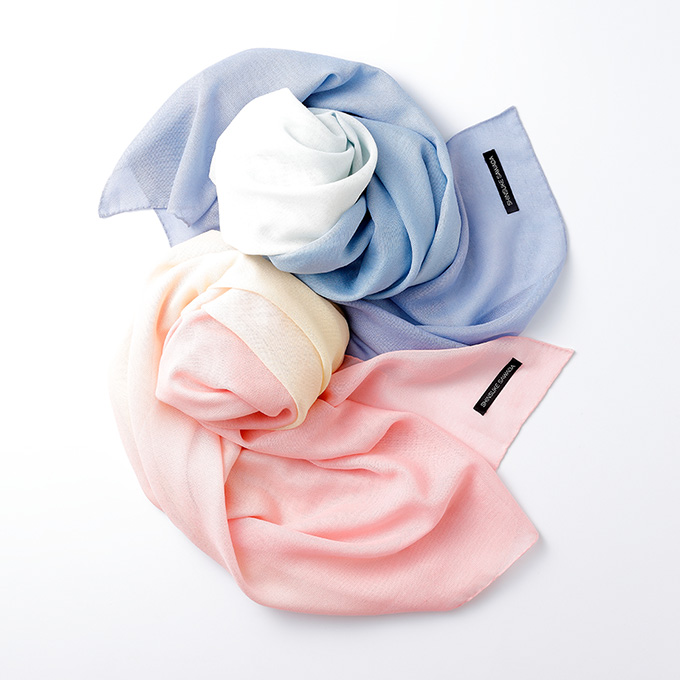Founded in 1952, established as Sawada Shofuku in 1973, and renamed in 2002, Fubisha Textiles employs proprietary Karamiori leno weave technology to produce and sell Sha and Ro woven cloths for Buddhist garments. Leno woven synthetic fibers integrate exquisite black, delicate expression, and crisp texture into a single cloth that has established a reputation for Buddhist garments as well as other traditional Japanese kimono gowns.
- Company Name
- Fubisha Textiles
- Address
- 27-3 Ishimori-cho, Fukui City, Fukui 910-0122
- Phone
- +81-7-7656-2382
- Website
- http://www.fubisya.com
Karamiori leno weave that creates a sheer, crisp texture
Fubisha Textiles produces two types of Karamiori leno weave: Sha and Ro. The Sha weave involves twisting a pair of warp threads while passing the weft thread through the openings. This creates gaps in the woven cloth that allow air to pass through freely. The Ro is a variant in which the pair of warp threads interlace every seventh weft thread or every third weft thread. The finished cloths are called 7-weft Ro (nanahon-ro) and 3-weft Ro (sanbon-ro), respectively.

Shinsuke Sawada 澤田 真介
Through his mastery of the leno weave technique, Shinsuke Sawada enhances the quality of his main product, gauzy textiles for Buddhist garments, while meeting the rising demand for sheer textiles outside Japan, primarily in Europe and New York. Japan’s only producer of silk gauze for washi papermaking, he contributes to the preservation of the country’s traditional papermaking culture. In recent years, he has exhibited in Milano Unica (Italy) and expanded his market to luxury brands outside Japan.
Sawada joined Fubisha Textiles in 2007, was appointed as representative director in 2018, and established BATTAN BATTAN in 2019. Awards include exellence prize in Japan Textile Contest (2018) and Award for Achievements in Textile Technologies (2019).
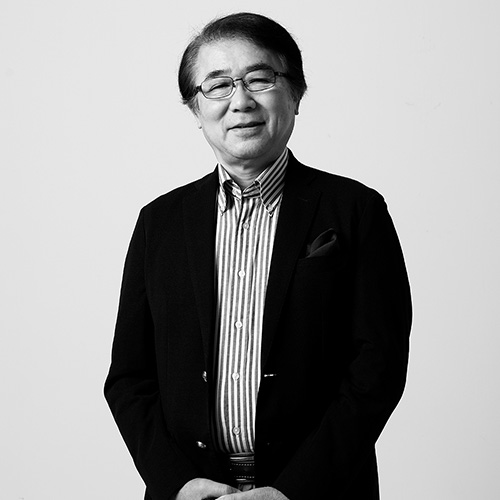
Masaru Sawada 澤田 勝
Having inherited the company from the previous generation, Masaru Sawada himself championed textiles made nowhere else under the motto “Weave with technique, not with machine.” After renaming the company Fubisha Textiles in 2002, he pressed on with research in the proprietary Karamiori leno weave technique, cultivated direct sales channels, and created a diversity of products. With the high-quality, uniform weave for Buddhist garments, he established the company’s reputation in Kyoto that continues today. He has developed the Moire Magic series of lampshades using the leno weave.
Sawada joined Sawada Shokufu in 1963, incorporated the business and was appointed as senior managing executive officer in 1973, was appointed as representative director in 1980, and renamed the company Fubisha Textiles in 2002. He received the Fukui Prefectural achievement award for textile technology (2009).
Leno-Woven Cashmere for Stylish Elegance.
The World’s Finest Materials, Brought to Life with Delicate Weaving Techniques.
The leno weave is a weaving technique wherein pairs of warp threads are twisted together back and forth, and the weft threads are passed back and forth through the twists in the warp threads. The finished result is light and smooth with excellent breathability, ideal for many-layered clothing like Buddhist garments or summer kimonos. We combined this technique with cashmere, to give a refreshing feel to a material generally used for winter garments.
We used silk warp threads, and alternating silk and cashmere weft threads, to produce a result that combines the distinctive sheer feel of the leno weave with a crisp touch, yet with the delicate fuzziness and softness of cashmere.
The way that the weft threads are intertwined with the warp threads helps the weave retain its structure, ensuring it stays beautiful. Although thread for weaving is usually somewhat thicker than the kind used for knitting, we used high-grade, ultra-fine knitting thread for this.
- Product Name
- Refreshing leno
- Size
- 1,080 mm wide × 2,040 mm long
- Materials
- 35% cashmere, 65% silk
A beautiful designer Light whith a moire design.
The leno weave material is traditionally used for Buddhist vestments,which gives the Product a modern Japanese feel. Depending on the angle, it changes in colorathion, and the expressiveness of the three-dimensional moire design is unique to leno fabric.
- Product Name
- moiré magic
